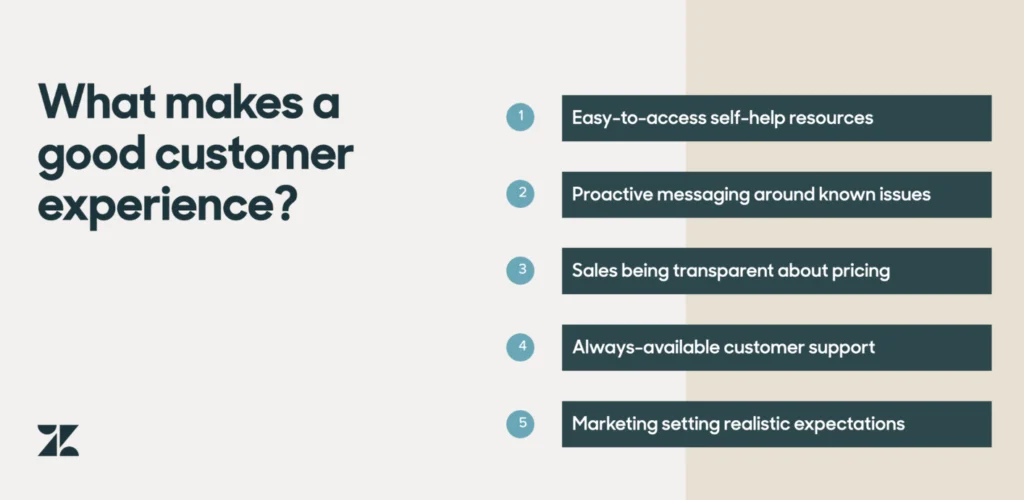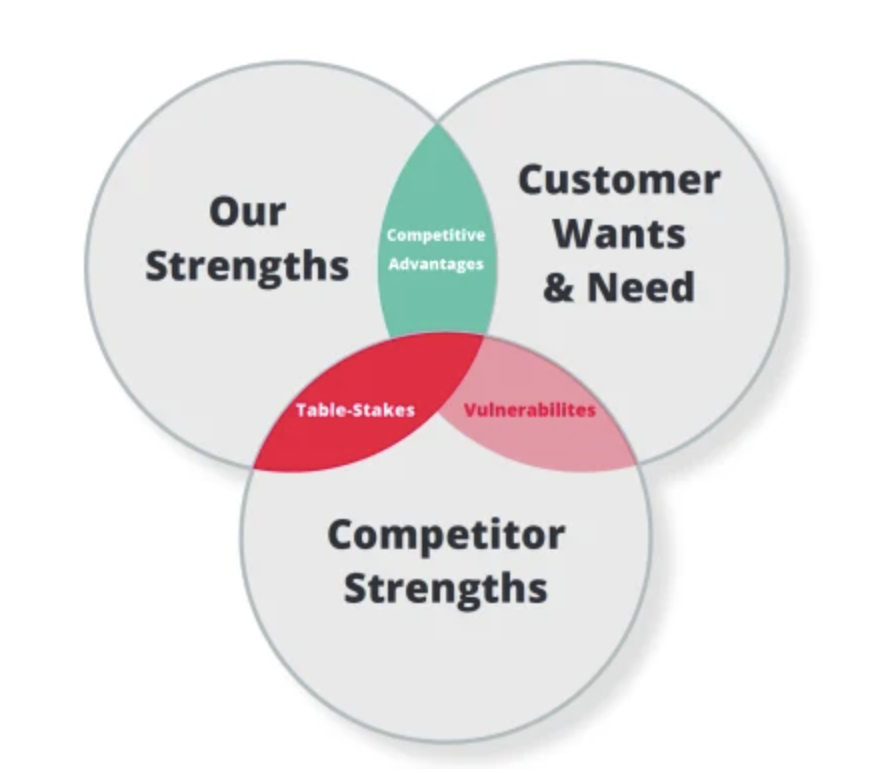What Is Sustainable Competitive Advantage and Why Is It Important?
Standing out from your competition is a constant battle. While a trending ad or popular product might give you a boost, it’s often temporary. Your company needs to focus on its sustainable competitive advantage to secure market share and build a loyal community of customers.
Learn what a sustainable competitive advantage is and how to find yours for long-term sales growth.
Key Takeaways:
- Sustainable competitive advantage is your unique strengths and value.
- Your sustainable competitive advantage can be an asset, feature, ability, or product.
- Find strengths your competitors don’t share, and customers need to identify your sustainable competitive advantage.
What Is Sustainable Competitive Advantage?
This refers to your company’s greatest strengths that customers value most. It includes your assets, abilities, features, and other areas that outperform the competition.
The two components of a sustainable competitive advantage are its uniqueness and customer value. It can’t overlap with a competitor’s strength. It also has to be a strength your customers need or value to attract them to your brand.
Your competitive advantage’s ability to stand the test of time and offer consistent sales growth makes it sustainable. It’s also not based on a fleeting trend or temporary popularity. Instead, competitive advantage is built around your brand’s reputation, company culture, and long-term value.
Importance of Sustainable Competitive Advantage
Companies with a sustainable competitive advantage easily attract customers because they offer something the competition doesn’t. So, they’ll hold a larger market share.
While your sustainable competitive advantage keeps you ahead of the competition, you need to continue building on it. Once you establish yourself as the leader in that area, others will have a hard time stealing that spot.
Types of Sustainable Competitive Advantage
You don’t have to restrict yourself to just one or two advantages. Your business can have several types of sustainable competitive advantages.
Here are seven top sustainable competitive advantages with examples.
Unique Products or Features
When you offer a product no one else offers, the product is your sustainable competitive advantage. Even if you offer the same products as your competition, you can build a unique strength by adding features and add-ons that others don’t provide.
For example, Tesla retained a prominent corner of the market for electric vehicles for so long because it offered the first mass-market electric vehicle that brought it into mainstream car markets.
Leading Customer Experience
Customer experience is a priority for most businesses going into 2023. You can become a leader in the market by surpassing the competition in customer experience. Customer experience is how positive a customer’s cumulative interaction with a brand is.
Some examples of customer experience include:
- How long do customers have to wait for support
- How knowledgeable support is
- What resources are available
- How easy it is to purchase or use products
According to 96% of customers, customer experience is vital to customer loyalty. That’s why 89% of businesses compete through their customer experience offerings.

Low Cost
If you offer a better price than your competition, you can claim low cost as your competitive advantage. However, you must keep your operational and supply costs down to retain this advantage. Adopting technology and streamlining your supply chain are ways to build this strength and remain above your competition.
For example, Walmart uses the slogan “Save Money. Live Better.” This slogan represents its sustainable competitive advantage of low costs to attract new customers and retain current customers.
Strong Brand Reputation
Some companies’ most significant strength is their name. They built their reputation so well that customers know and choose them based on that name alone.
For example, Band-Aid is a brand name that’s so popular that people use it for any adhesive bandage. That popularity and the established market spot is the brand’s greatest asset.
Business Assets
These are behind-the-scenes assets that customers don’t see but impact your performance. These include:
- Copyrights
- Trademarks
- Patents
- Business partnerships
- Domains
Currently, IBM and Samsung hold the most patents, which gives them a competitive advantage in their industries and allows them to lead with technology others have been unable to compete against.
Market Power
This is having a solid place in the market so you can make changes like higher prices without impacting sales.
This power comes from several sources, including:
- Having a monopoly in the industry
- Offering luxury products customers buy for their boasting power rather than price
- Producing superior products
- Owning a niche business
An example of a company with market power is Rolex. They are a luxury brand and status symbol that continues to attract customers no matter their price.
Adaptability
Companies that once held a sustainable competitive advantage may not permanently hold on to that advantage. Adaptability is a crucial strength to remaining competitive. With it, you’ll always remain relevant when changing and adjusting to customer needs.
For over 20 years, Apple’s main claim to fame was its computers. However, they didn’t stick with computers. Instead, they introduced other tech like the iPod, iPhone, iPad, and Apple Watch to remain competitive. Additionally, they’re consistently upgrading older tech to keep it relevant and competitive.
How To Find Your Sustainable Competitive Advantage
Are you unsure what your sustainable competitive advantage is? Then, follow these steps to examine your business and find your sustainable competitive advantage.

Step 1: List Your Strengths
Know what your company does well. This might be quality products, exemplary customer service, unique features, or other business characteristics and assets.
Step 2: Analyze Your Competition’s Strengths
Your sustainable competitive advantage can’t overlap with your competition. Otherwise, it isn’t unique and loses most of its value. So, you must understand what your competition offers. Then, you can cross out any strengths that customers can find elsewhere.
Step 3: Know Your Customer’s Needs
Look at your customer’s needs to find what strengths offer them the greatest value. Use data, conduct surveys, and look at online forums to see what customers say about the industry. This will help you identify what they value most.
Step 4: Identify the Greatest Strengths
Your strengths that overlap with customer needs offer your customers the greatest value. Narrow down the greatest customer needs to identify the notable strengths.
Step 5: Establish your Sustainable Competitive Advantage
The strengths you identified are your sustainable competitive advantages. Write these out in a way your business can understand and apply them. Your team will focus on these advantages in sales and marketing materials and communications to establish your place in the market and build a loyal customer base.
Achieve Sustainable Competitive Advantage
Televerde helps you find and achieve your sustainable competitive advantage. Then you can grow your sales team and increase company revenue. Our expert sales agents and marketing support team will be your partners in growth. We offer a unique customer experience aided by the most innovative technology.
Contact us to learn more about our marketing and sales solutions for sales growth.


